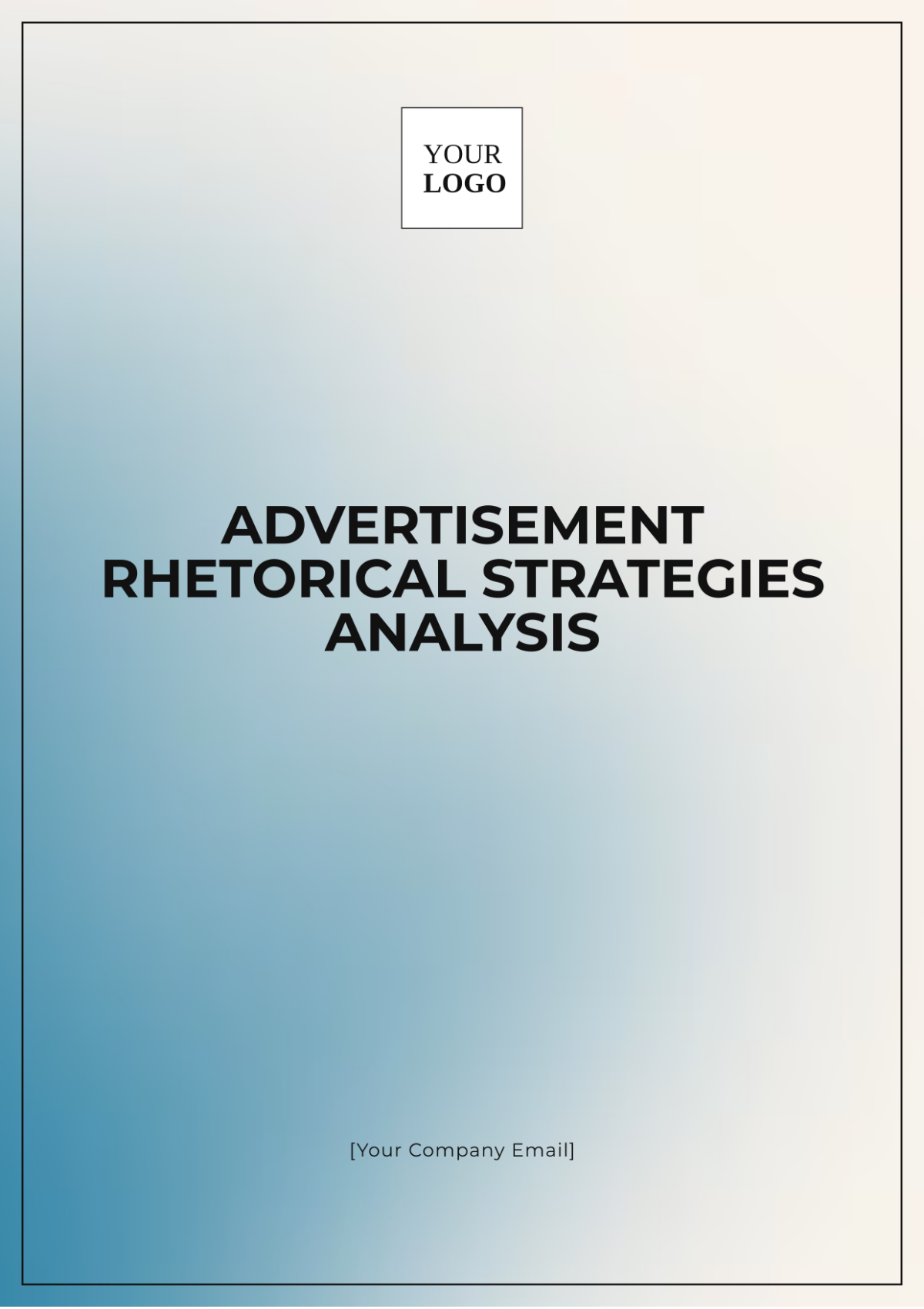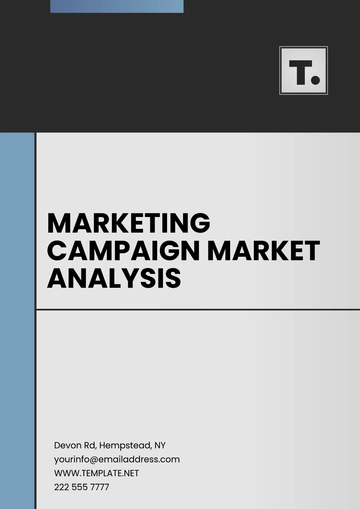Advertisement Rhetorical Strategies Analysis
Prepared by: [YOUR NAME]
Date: [DATE]
I. Introduction
This analysis examines the persuasive techniques used in a specific advertisement. We will explore how the ad employs ethos (credibility), pathos (emotion), and logos (logic) to affect the audience’s perception and prompt response. Identifying these strategies helps in understanding how advertisements aim to influence consumer behavior.
II. Ethos (Credibility)
Ethos relies on the credibility or ethical appeal of the advertisement to gain the audience's trust. Several elements can enhance an ad’s ethos.
A. Celebrity Endorsements
One common method is by using celebrity endorsements. Advertisers often choose well-respected or well-known celebrities who convey a message of trustworthiness and authority.
B. Expert Testimonials
Using experts in the field provides factual backing to the claims made in the advertisement.
Example: A dentist recommending a toothpaste brand.
Impact: This lends professional credibility, suggesting the product is of high quality.
C. Brand Reputation
Advertisements might emphasize the long-standing reputation or history of the brand itself.
III. Pathos (Emotion)
Pathos appeals to the audience’s emotions. By invoking emotions, the advertisement can create a memorable impact, motivating the audience to act.
A. Emotional Imagery
Images that evoke strong feelings can be very effective in capturing attention.
B. Anecdotes and Stories
Sharing personal or relatable stories can build an emotional connection with the audience.
C. Music and Sound Effects
The right music or sound effects can greatly enhance the emotional appeal of an advertisement.
Example: Uplifting music in a travel advertisement.
Impact: This evokes feelings of joy and adventure, making the audience more excited about the product.
IV. Logos (Logic)
Logos appeals to logic and reason by using facts, statistics, and logical arguments to persuade the audience.
A. Statistics and Data
Providing concrete numbers and data can reinforce the logical appeal of an advertisement.
B. Comparative Advertising
Comparing the product to competitors can highlight its advantages and uniqueness.
C. Clear and Organized Presentation
Logical structure and clarity in presenting the information make the advertisement more understandable and believable.
V. Conclusion
In conclusion, the analyzed advertisement effectively uses a combination of ethos, pathos, and logos to persuade its audience. Celebrity endorsements and testimonials enhance its credibility, while emotional imagery and narratives build a strong connection with viewers. Logical appeals through statistics and comparative advertising provide concrete reasons to believe in the product’s value. Understanding these rhetorical strategies provides insight into the advertisement’s persuasive power and its potential impact on consumer behavior.
Analysis Templates @ Template.net






























